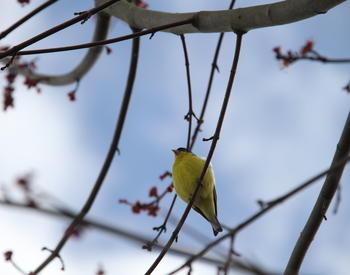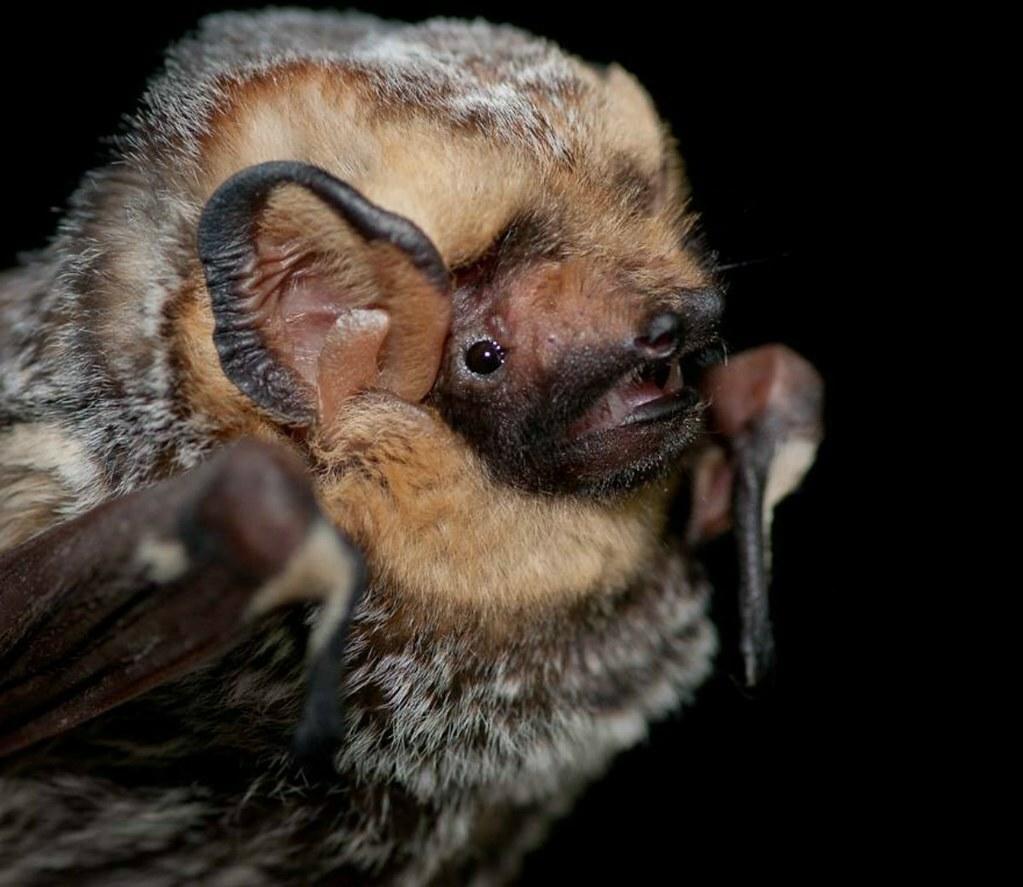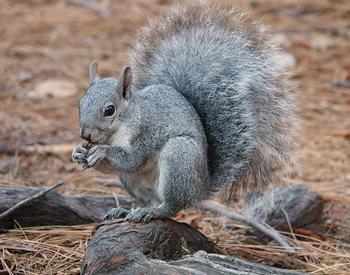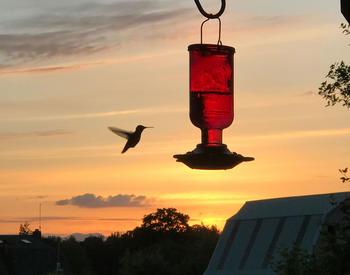Bats, which make a lot of people duck and cringe, are actually invaluable insect predators, and given a second look these furry little creatures are actually quite cute. They nurse their young, most rearing only one pup per year. Youngsters can be as curious and playful as many other animal babies.
In these days of environmental awareness and a return to more natural gardening practices, however, they are finally being given their proper recognition as valuable to mankind in the ecological system. Many plants are dependent upon bats for pollination because they bloom at night when many other beneficial insects are inactive. Bats are also responsible for 95% of the reforestation of the tropical rain forests through their dispersal of seeds.
But their immediate appeal to most people is their enormous capacity for consuming insects. A nocturnal animal, the bat eats when the insects are out, in contrast to birds, which eat during the day. Bats eat insects that could damage crops, such as cucumber and June beetles, stink bugs, leafhoppers and corn worm moths. Some bat species consume half their weight in a night -- as many as 600 or more gnat-sized insects an hour! A single little brown bat, one of the most abundant and widespread bats in North America, can eat 3,000 to 7,000 mosquitoes each night, and a bat can live to be 20 years old. The big brown bat eats about 2.7 grams of insects/hour. They eat most insects caught flying at night: beetles, ants, termites, flies, crane flies, moths etc. A very effective insecticide, especially when you consider that it doesn't poison other creatures or make holes in the ozone layer!
Bats are generally quite harmless to people. They do not become tangled in your hair, nor do they attack humans and they are far less prone to be rabid than household dogs and cats. The chances of dying from bat-borne diseases are literally one in a million. In contrast, several children in a million are likely to die each year from encephalitis contracted through a mosquito bite.
They are meticulous in their grooming, spending a fair part of the day and night combing and grooming their fur and they generally segregate by gender.
Next to rodents, bats are the second most common land mammals. As they fly, they navigate by means of a sophisticated echolocation system. The bat sends out signals of sound energy, which are reflected back, giving it the location of an object as well as its texture and other characteristics. They can avoid a single human hair with extreme accuracy, even in total darkness, giving lie to the myth that bats are blind.
Check out Bat Conservation International for more information!
Bat House Design and Placement
Bats are feeling the housing crunch as much as people, with their favorite old hollow trees, barns, and old houses disappearing. Greatest bat house success has been achieved in areas of diverse habitat, especially where there is a mixture of differing agricultural use and natural vegetation. Bat houses are most likely to succeed in regions where bats are already attempting to live in buildings.
Bat houses have narrow crevices at the bottom for bats to enter and rough surfaces inside for them to hold onto. Inside are several partitions, because bats like narrow spaces, and this allows more surface room for roosting bats. The house is open at the bottom to eliminate the need for cleaning, and to prevent birds from nesting in the house. A bat house should be hung at least 10 to 15 feet above the ground, sheltered from the wind, and unobstructed by obstacles to flying, such as power lines. Bat houses mounted 20' away from trees are inhabited twice as quickly as those in wooded areas. Bats find houses mounted on poles or buildings more than twice as fast as on trees, which are less preferred. To keep the interior very warm, place the house on the side of a building or tree which receives 4 hours of morning sun, although research shows that they are more successful if they have at least 8 hours of sun. The morning sun is most important. Bat houses should face the south or southeast. If your location is not sunny enough to warm the house to the 100 - 110 degrees F required by nursery colonies, you may want to add tar paper or dark colored shingles to the bat house roof. Do not paint it, as paints and stains are toxic to the bats. However, a cooler location may attract a colony of bachelors, who frequently select cooler roosts.
Bat houses located near a source of water, especially a marsh, lake or stream, are the most likely to attract bats, as this habitat provides the insects needed for their food and most nursery colonies of bats choose roosts within 1/4 mile of water. A year to a year and a half is a common waiting period for bats to move into a new house. Bat houses can be installed at any time of the year, if you hang your bat house in the fall or winter, it may be occupied in the first active season, but in any case should be installed before the bats return in spring. When using bat houses in conjunction with excluding a colony from a building, install the bat houses 2-6 weeks before the actual eviction. If it is not occupied within two years, change its location. If bats live in your area and your bat house is appropriately located, they will find it.
During winter months bats living in Canada and the northern two-thirds of the US migrate south or to nearby caves for a period of hibernation, as most bat species cannot survive subfreezing temperatures. See more in this Ask Extension question: Should I leave my bat houses up in the winter?
Bats need of protection if they are to survive. They have proven themselves as valuable members of our ecosystem, and we must increase the awareness of people who have the ability to protect or to destroy these little creatures. A bat loose in a house is probably a young one who is lost and looking for a way out. He should not be killed, but gently caught with a towel and allowed to escape without harm. Bat colonies in warm attics can be evacuated safely and encouraged to take up new residence in a bat house of their own.
Bat House Dimensions
- Style A: This large house provides for 30 to 50 bats in four chambers. A great house for a nursery colony and a good one to start with, when you want to attract bats to your yard. 24"x9-1/2"x7-1/2".
- Style B: This “singles pad” house is preferred by the male bats who like a cooler roost and live in smaller groups or alone. Thus it is a single chamber, making it smaller and cooler than the "condo" above. It holds up to 30 bats. 24"x5"x10".
- Style C: This extra-large house will hold 100 or more bats in five chambers. It also has an "attic" to provide greater temperature stability. Bats seek the most comfortable temperature by moving up or down inside the house. 27-1/2"x11"x11".



















